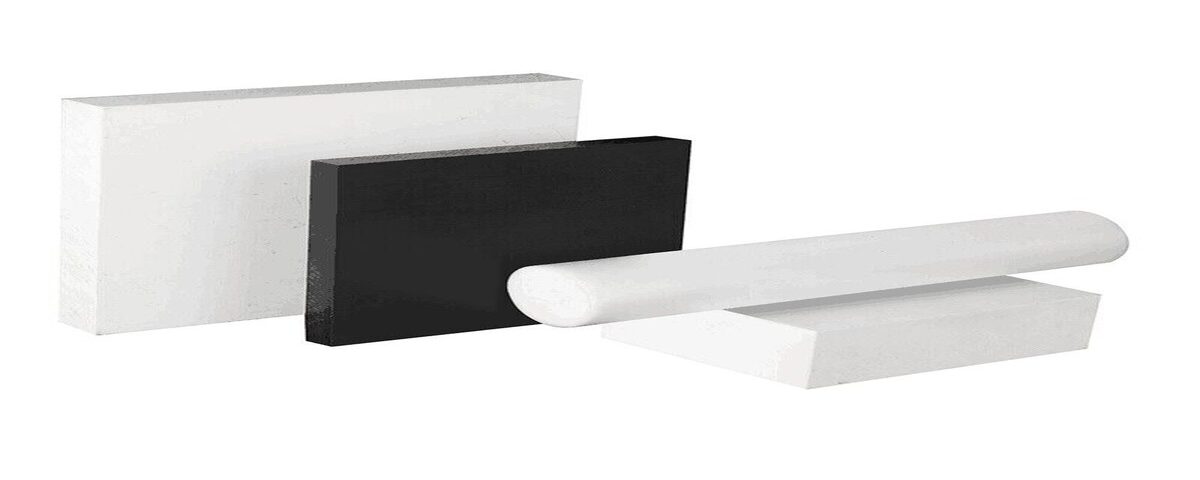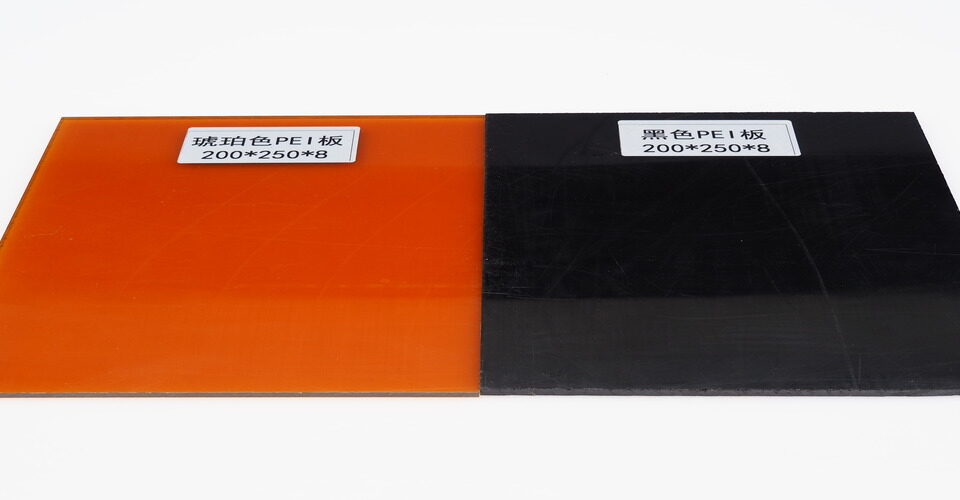
PI Plastic in China
October 18, 2024
PMMA Plastic Uses
October 21, 2024Polyethylene terephthalate (PET) is a widely used plastic known for its durability and versatility. It is commonly found in packaging, textiles, and various consumer products. Evaluating whether PET plastic is “good” involves considering its properties, environmental impact, and usability.
Properties of PET
PET is lightweight, strong, and resistant to impact, making it an excellent choice for a variety of applications. It has good barrier properties against moisture and gases, which helps preserve the freshness of food and beverages. Additionally, PET can withstand temperatures up to 70°C (158°F), making it suitable for many thermal processes.

Environmental Impact
One of the critical considerations regarding PET plastic is its environmental footprint. While PET is recyclable, not all recycling systems are efficient. When recycled properly, PET can be turned into new products, reducing waste. However, improper disposal can lead to pollution and harm wildlife. The production of PET also involves fossil fuels, contributing to carbon emissions.
Usability
In terms of usability, PET is widely accepted for food and beverage packaging due to its safety and inertness. It does not leach harmful chemicals into products, making it a preferred material for water bottles and food containers. Its versatility extends to textiles, where it is used to create synthetic fibers.
Conclusion
In conclusion, PET plastic has both advantages and challenges. Its beneficial properties make it suitable for various applications, while its environmental impact necessitates responsible management and recycling efforts. Balancing these factors is essential to determine if PET plastic is a good choice for specific needs.






